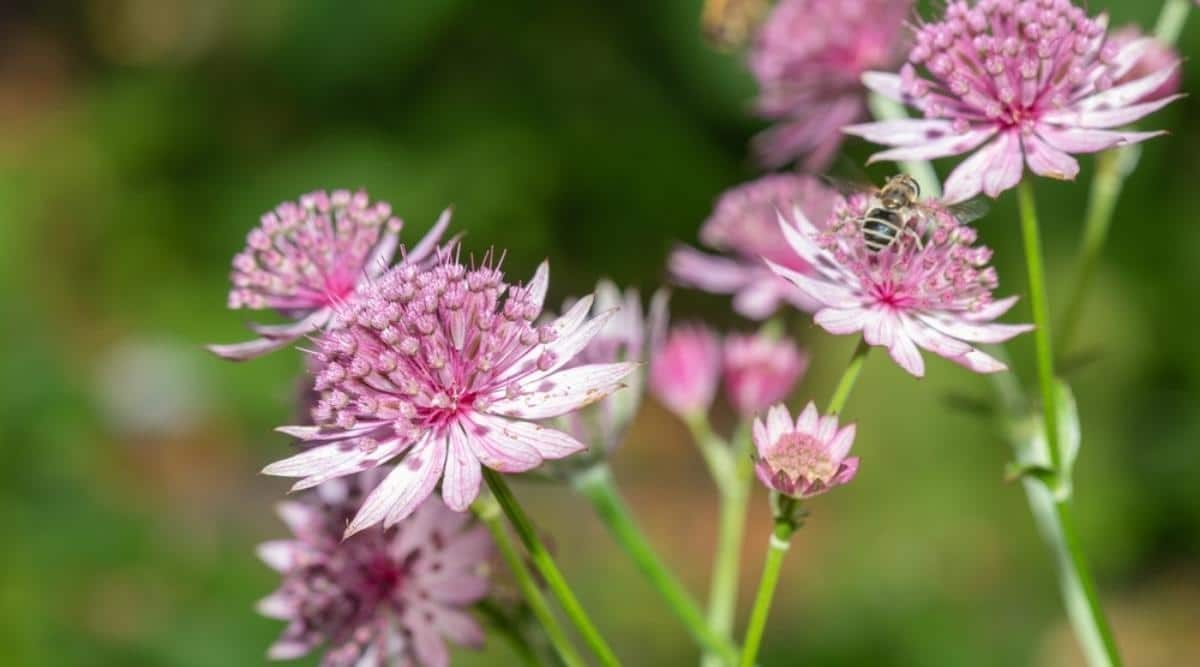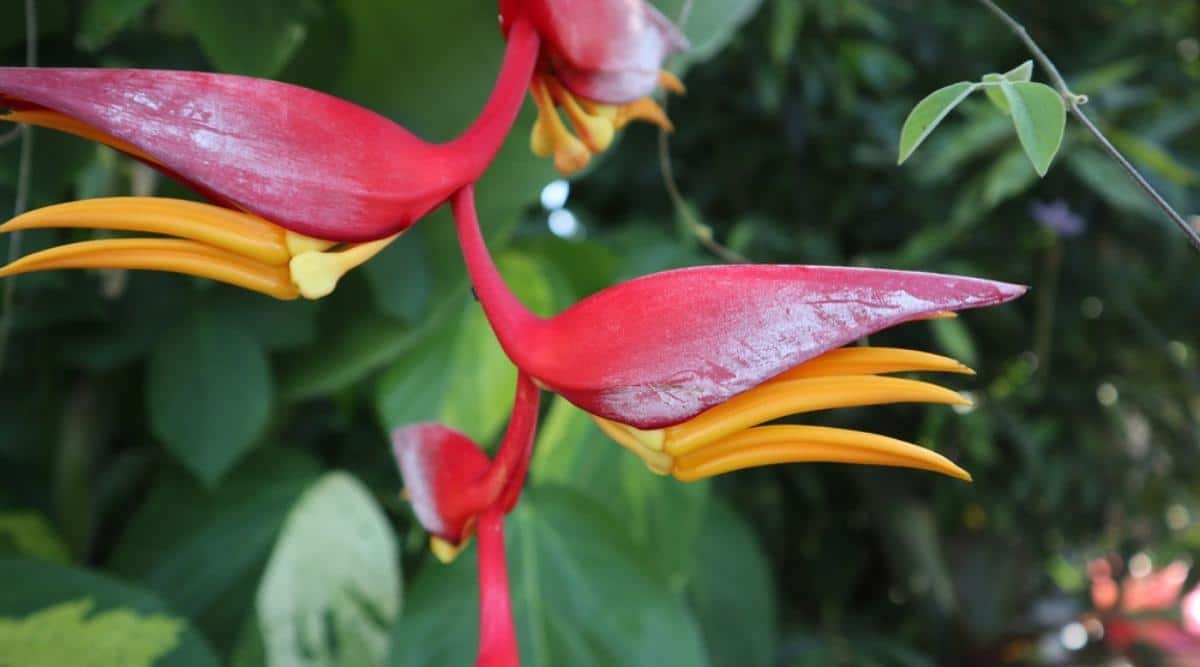
Majorwort Flower: A Resilient Herb with Medicinal
mikephilipsforcongress.com – The Majorwort (Tanacetum parthenium), also known as feverfew, is a perennial herb that has been valued for its medicinal properties and ornamental beauty for centuries. Known for its daisy-like white flowers with yellow centers, Majorwort is a versatile plant that can be found in gardens, herbal medicine cabinets, and as a natural pest repellent. With its long history of use in traditional remedies and its easy cultivation, Majorwort continues to be a beloved plant in both herbalism and garden design.
Origins and Habitat
Majorwort is native to Europe and Asia, though it has since spread to other parts of the world, particularly North America. It thrives in temperate climates and can be found growing in fields, meadows, and along roadsides. The plant prefers well-drained soil and a sunny location, making it an ideal candidate for cottage gardens, herb gardens, and border plantings.
Due to its ability to adapt to a range of growing conditions, Majorwort is widely cultivated in home gardens and herb farms. It is particularly popular in gardens where medicinal plants are grown, as it is both a decorative and functional herb.
Characteristics and Varieties
The Majorwort plant typically grows between 12 and 24 inches in height and produces aromatic, deeply divided, fern-like leaves. The plant is best known for its daisy-like flowers, which bloom in late spring and early summer. The flowers have white petals that surround a bright yellow center, resembling a miniature version of the common daisy. The blooms are held on slender stems and are often clustered in small groups, creating a bright and cheerful appearance.
While the classic variety of Majorwort has white flowers, some cultivars may have slight variations, including pale yellow or cream-colored flowers. The plant’s leaves, which have a strong, bitter aroma, are often used in medicinal preparations, while the flowers are prized for their appearance and fragrance. Majorwort has a bushy, spreading growth habit, making it an excellent choice for ground cover or filling in gaps in garden beds.
Growing Majorwort
Growing Majorwort is relatively easy, and it is well-suited for both experienced gardeners and beginners. The plant thrives in full sun, though it can tolerate partial shade, especially in warmer climates. It prefers well-drained, slightly acidic to neutral soil, but can adapt to a range of soil types as long as drainage is good.
Majorwort can be grown from seed, which should be sown in early spring or fall. If starting from seed, it is best to sow them indoors and transplant them outside after the last frost, or sow directly into the garden when temperatures are mild. The plant is also easily propagated by division, allowing gardeners to multiply their stock and create new plants in other areas of the garden.
Once established, Majorwort is a hardy plant that requires minimal maintenance. It is relatively drought-tolerant and can withstand periods of dryness once its roots are well-established. The plant may benefit from occasional watering during dry spells, but it should not be overwatered, as this can lead to root rot. Pruning back spent flowers and cutting back the plant in early spring helps encourage new growth and keeps the plant compact and healthy.
Medicinal Uses and Health Benefits
Majorwort has a long history of use in traditional herbal medicine, particularly in Europe and Asia. The plant’s active compounds, such as parthenolide, are believed to have anti-inflammatory, analgesic, and fever-reducing properties. As a result, Majorwort has been used for centuries to treat a variety of ailments, including headaches, fevers, and menstrual discomfort.
The most well-known medicinal use of Majorwort is for the prevention and treatment of migraines. It is often consumed in the form of tea, capsules, or tinctures. Studies have suggested that Majorwort may help reduce the frequency and severity of migraine headaches, making it a popular natural remedy for those suffering from chronic migraines.
In addition to its role in migraine relief, Majorwort has also been used to alleviate symptoms of arthritis, reduce menstrual cramps, and promote general well-being. It is often included in herbal formulations aimed at boosting the immune system and supporting digestive health.
However, it is important to note that Majorwort may interact with certain medications, particularly blood thinners, and should be used with caution. Anyone considering Majorwort for medicinal purposes should consult with a healthcare professional before use.
Majorwort in Garden Design
Beyond its medicinal benefits, Majorwort is also a popular ornamental plant in garden design. Its cheerful, daisy-like flowers add brightness and color to gardens, and the plant’s compact size makes it suitable for borders, herb gardens, and containers. It also works well as a ground cover, where its spreading habit can help suppress weeds and provide texture to garden beds.
Majorwort is often used in cottage gardens, where its natural look complements other flowering herbs and plants. It pairs well with other traditional garden favorites like lavender, chamomile, and rosemary, creating a harmonious and fragrant space.
Additionally, Majorwort has a reputation as a natural pest repellent. The plant is thought to deter insects such as mosquitoes, aphids, and whiteflies, making it a beneficial addition to vegetable gardens or flower beds where pests are a concern. The plant’s aromatic leaves are often believed to help repel insects, though it may not be as effective as other pest control methods.
Conclusion
The Majorwort flower is a versatile and valuable plant, both as a medicinal herb and as an ornamental addition to the garden. Its cheerful white flowers and aromatic leaves make it an attractive and functional choice for gardeners seeking a plant that offers both beauty and health benefits. With a long history of use in traditional herbal medicine, Majorwort continues to be a popular remedy for migraines, fevers, and other ailments. Whether grown for its flowers, medicinal properties, or pest-repelling qualities, Majorwort remains a cherished and resilient plant in gardens around the world.


